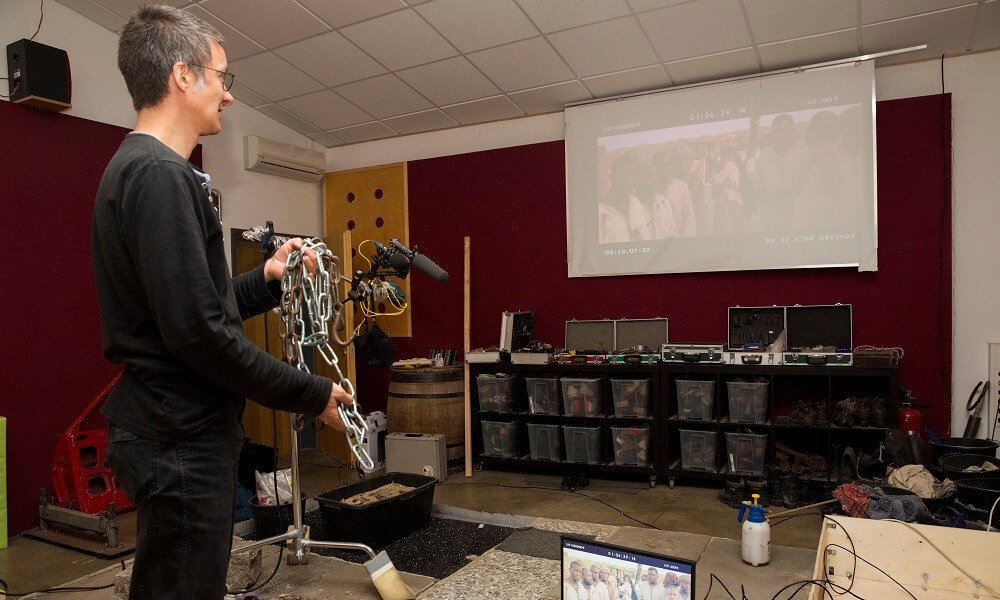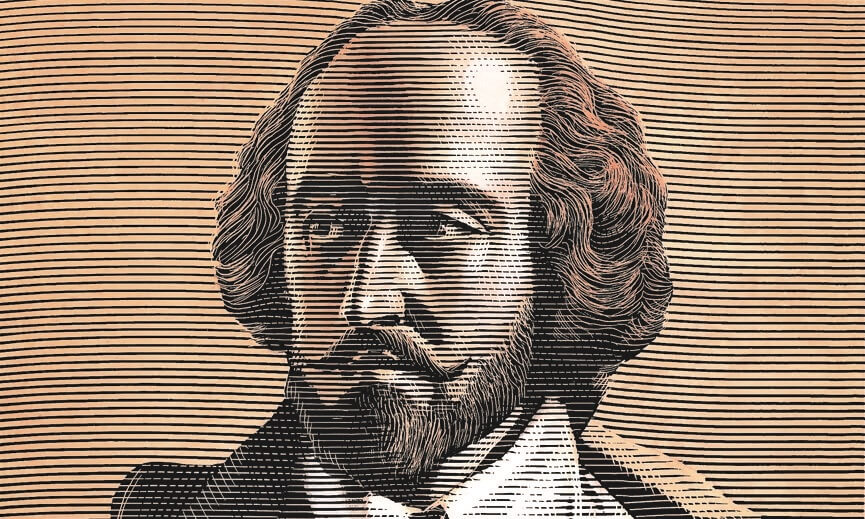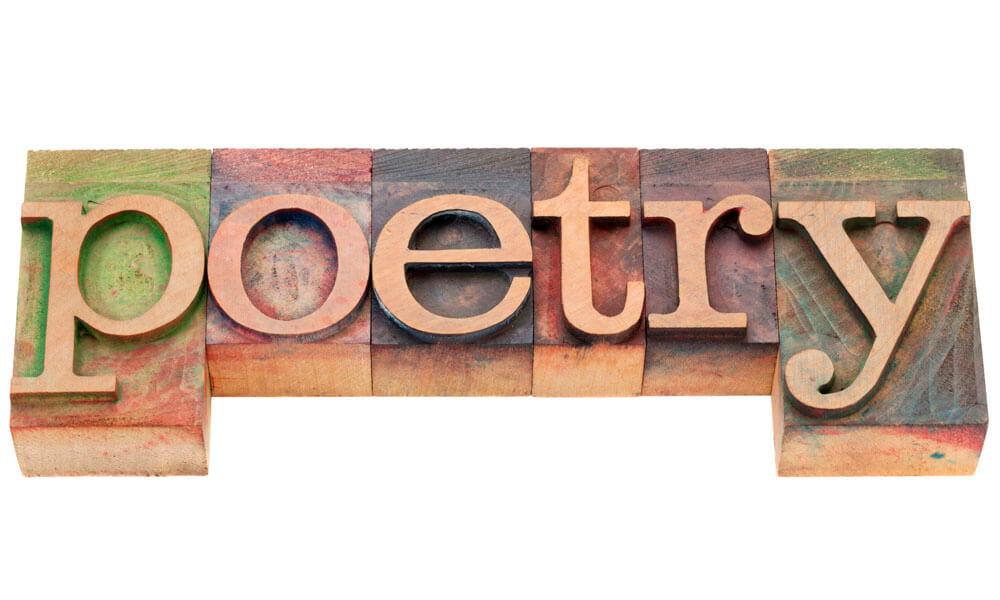The annual Smithsonian Folklife Festival in Washington, D.C., highlights the cultural diversity of American communities. Read to learn more about this colorful event that brings many cultures together in the nation’s capital.


The annual Smithsonian Folklife Festival in Washington, D.C., highlights the cultural diversity of American communities. Read to learn more about this colorful event that brings many cultures together in the nation’s capital.

Artist Stephen Wiltshire is know around the world for his detailed panoramas of cities drawn from memory. Read this article to find out how his autism may help him focus his brain to produce such extraordinarily detailed works. Then click on the link to view a slideshow of his drawings.

Most people have seen or ridden a roller-coaster, and either fear riding one or like the ride. So you think you know how a roller coaster works? Compare what you know with what this article tells you.

In Phoenix, Arizona, a new program allows people to learn about Navajo traditions and stories. Children and their families hear traditional Navajo stories that help them learn more about their roots.

Optical illusions are fun to look at, but did you know there’s an annual competition for creating new illusions? Check out a recent winner.

In this Fresh Air interview, author Colson Whitehead talks about how he re-imagined the escape from enslavement.

Homer’s Iliad and Odyssey may seem like pure fiction, but social media tools reveal that they’re at least partly based in fact.

Sometimes when you’re watching a scary movie, you feel dread even though nothing you see is terrifying. Learn how movie soundtracks can manipulate our emotions.

Folktales show us a lot about who we once were and still are. Check out these descriptions of nine classic characters from American folklore: Paul Bunyan, John Henry, Sally Ann Thunder, Johnny Appleseed, Mike Fink, Pecos Bill, Geronimo, and Old Stormalong. Why were they so famous? Why are they still famous today?

One silver lining of shelter-in-place orders is that they might give rise to creativity. Learn more about a popular idea that sets the bar high.

Check out this link to learn what advice some of the most famous and successful people in the world have for teenagers.

Abraham Lincoln once wrote, “I think nothing equals Macbeth.” Learn about how Shakespeare’s dramatic exploration of ambition may have affected how Lincoln acted on his own ambition.

In this interview, fairy tale author Jack Zipes discusses why fairy tales matter, who their audience is, and how they influence the horror genre.

Learn about Mark Twain’s life through this collection of texts, photos, illustrations, and other media.

Did you know that most Americans sleep with some sort of electronic device in their rooms at night? Do you? Find out how this habit might be affecting your sleep.

The fear of spiders, heights, claustrophobia, and the fear of needles are the most common fears we experience. Read about how the fight-or flight-response affects the heart when we’re scared.

Emily Dickinson is often thought of as a solitary figure who never intended for her poetry to be published. Click this link to read about a 2018 dramatic comedy that challenges these notions.

A recent production of Shakespeare’s great tragedy puts the viewer at the center of the intrigue and revenge.

Stephen Crane’s novel The Red Badge of Courage is so realistic that readers tend to assume it’s based on his own experiences in the war. Spoiler alert: It isn’t.

Even though the first Godzilla movie was made over half a century ago, this hulking monster has staying power because it can represent the most modern of threats.